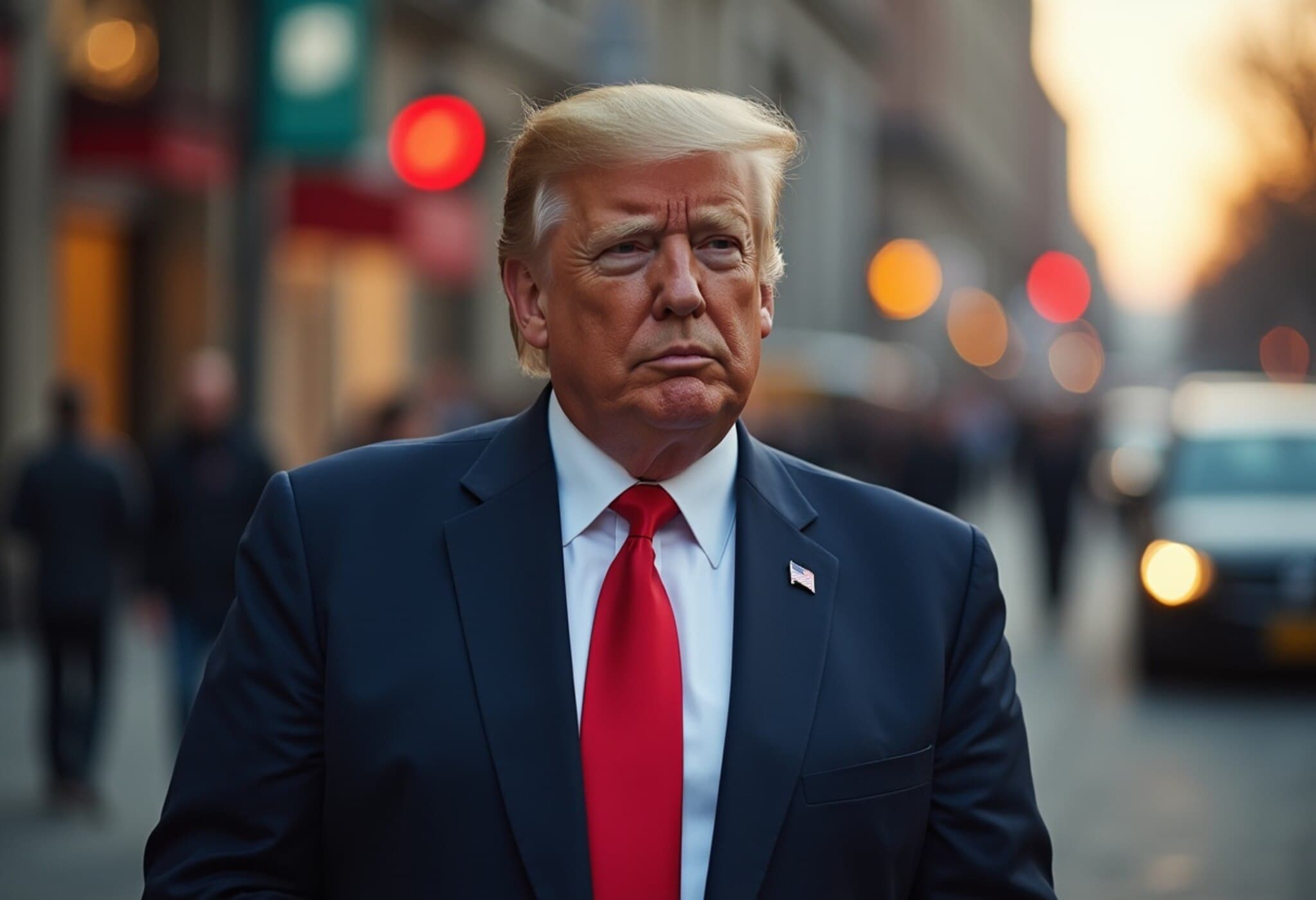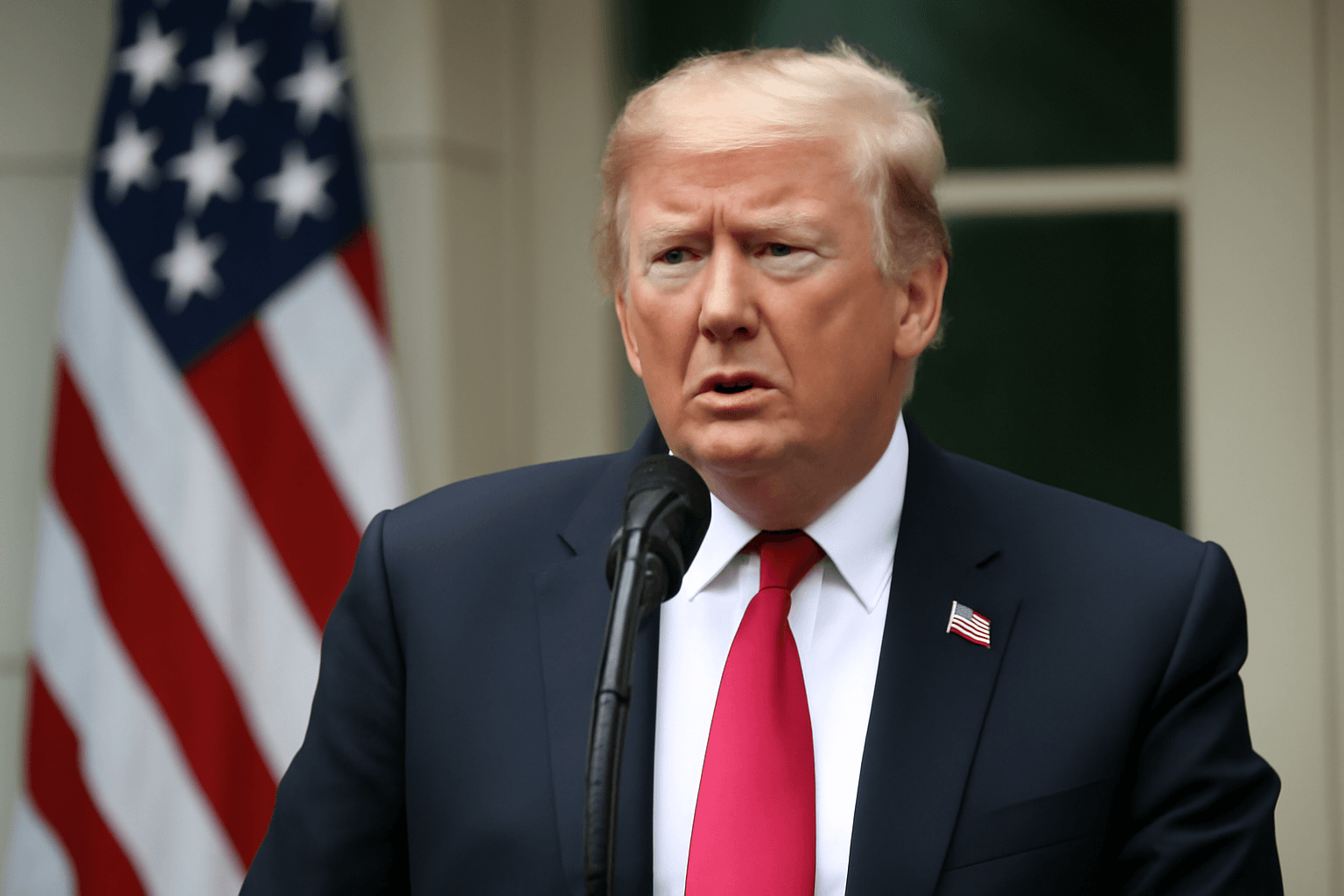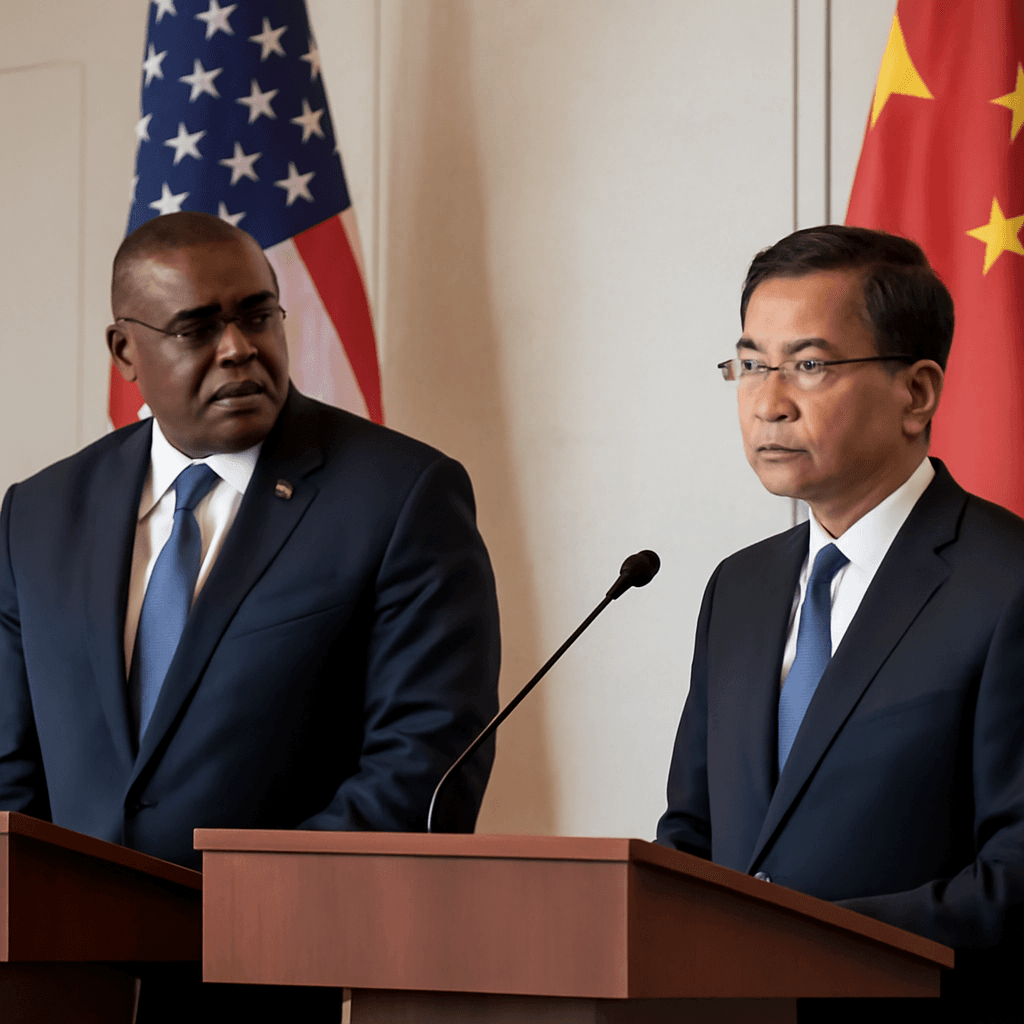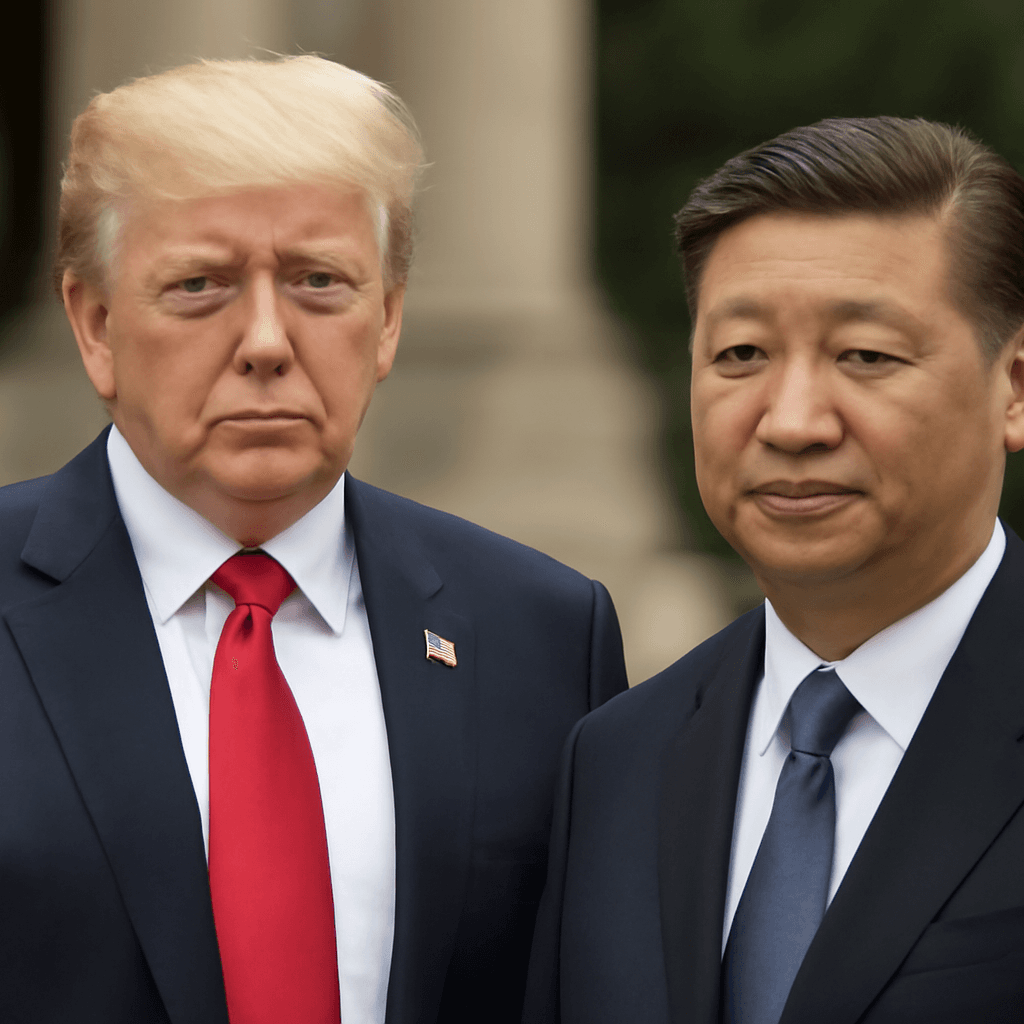The Silent Defeat: U.S. Concedes Ground in the Rare Earths Trade War with China
Despite initial bravado and tough talk, recent developments suggest that former President Donald Trump’s tariff-driven trade conflict with China has already tilted decisively in favor of Beijing. The linchpin of this unfolding geopolitical and economic drama? Rare earth elements—a critical resource underpinning modern technology and defense industries worldwide.
China’s Rare Earth Monopoly: The Unseen Power Play
China commands nearly 70% of global rare earth mining and about 90% of the world’s refined rare earth production. These elements are indispensable in everything from smartphone screens and electric vehicles to missile guidance systems and fighter jets. When the U.S. applied export restrictions on semiconductor technology and ethane products to pressure China, Beijing countered by threatening and subsequently curbing the supply of these vital rare earths. This strategic chokehold forced Washington to retreat, with Trump rolling back export controls on sensitive technologies as part of a reluctant deal to restore rare earth supplies.
Why Export Controls Backfired
The U.S. initially believed leveraging the size of its market and access to cutting-edge technology would compel China toward concessions. But China’s long-standing investment in rare earth mining, refining expertise, and control over the supply chain proved too formidable to counter quickly. Restrictions on technologies like electronic design automation (EDA) software, which influence semiconductor manufacturing, hindered U.S. goals without significantly weakening China’s stance.
Mark Smith, CEO of rare earths firm NioCorp, reflected on the dilemma: “The answer cannot be for President Trump to issue a tariff. We need to be competitive with or without tariffs by increasing our technology, improving our processes, using more robotics. But we must have a legitimate business at the end of the day.”
Long Road Ahead for U.S. Rare Earth Independence
China’s dominance is the result of decades of strategic investments, including acquiring foreign reserves and refining rights worldwide. For the United States to realistically challenge this monopoly would require substantial and sustained government involvement, funding, and innovation over many years.
- The U.S. plans to restart operations at California’s Mountain Pass mine.
- New rare earth mining ventures are underway, including developments in Wyoming.
- Allies like Australia and Malaysia possess rare earth reserves that could help diversify the supply chain, but these sources need years of development before they can counter China’s current position effectively.
Experts like Gracelin Baskaran and Meredith Schwartz of the Critical Minerals Security Program at the Center for Strategic and International Studies caution that the U.S. will remain on the back foot for the foreseeable future given the complex, costly nature of rare earth extraction and processing.
Geopolitical and Economic Implications
China’s leverage over rare earth supplies gives it a formidable negotiation advantage on the global stage, effectively allowing it to hold entire industries hostage. This dynamic is far-reaching, impacting national security, technological innovation, and economic competitiveness not only in the U.S. but also across allied nations.
Rico Luman and Ewa Manthey of ING emphasize the strategic significance: “Mineable concentrations are less common than for most other mineral commodities, making extraction more costly. This gives China a strong negotiating position.”
Editor’s Note
The rare earths trade dispute underscores a broader lesson: economic and technological supremacy cannot be secured merely through tariffs and trade restrictions. Instead, it requires foresight, investment in innovation, and resilient supply chains. As the U.S. contemplates rebounding its rare earth industry, questions linger about how swiftly it can reduce dependence on China and how this will reshape global economic and security alliances in the years ahead.



















